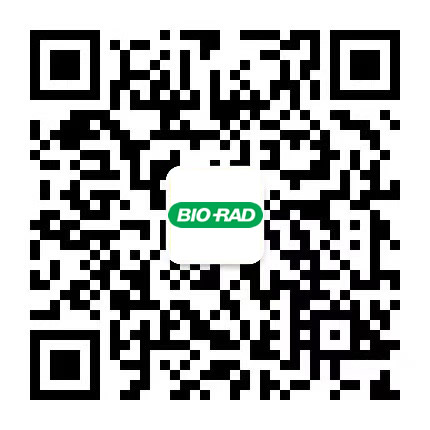| 1. NatureXRCC1 mutation is associated with PARP1 hyperactivation and cerebellar ataxia."A-11077 was used in immunocytochemistry to investigate the role of XRCC1 protein complexes in normal neurological function and identify PARP1 as a therapeutic target in DNA strand break repair-defective disease"AuthorsHoch NC,Hanzlikova H,Rulten SL,Tétreault M,Komulainen E,Ju L,Hornyak P,Zeng Z,Gittens W,Rey SA,Staras K,Mancini GM,McKinnon PJ,Wang ZQ,Wagner JD,Yoon G,Caldecott KW2. Nature protocolsGeneration of multipotent induced cardiac progenitor cells from mouse fibroblasts and potency testing in ex vivo mouse embryos."A11077 was used in immunocytochemistry to develop a protocol to generate expandable and multipotent induced cardiac progenitor cells from mouse adult fibroblasts"AuthorsLalit PA,Rodriguez AM,Downs KM,Kamp TJ3. Scientific reportsBacterial secretion system skews the fate of Legionella-containing vacuoles towards LC3-associated phagocytosis."A11077 was used in immunocytochemistry to investigate how LC3-associated phagocytosis targets Legionella dumoffii to limit bacterial infection"AuthorsHubber A,Kubori T,Coban C,Matsuzawa T,Ogawa M,Kawabata T,Yoshimori T,Nagai H4. PLoS neglected tropical diseasesCharacterization of Calflagin, a Flagellar Calcium-Binding Protein from Trypanosoma congolense."A11077 was used in immunocytochemistry to discuss factors that can be used to diagnose Trypanosoma congolense infection"AuthorsEyford BA,Kaufman L,Salama-Alber O,Loveless B,Pope ME,Burke RD,Matovu E,Boulanger MJ,Pearson TW5. PloS oneAn epigenetic feedback regulatory loop involving microRNA-195 and MBD1 governs neural stem cell differentiation."A-11077 was used in immunocytochemistry to report that MBD1 deficiency in adult neural stem/progenitor cells results in altered expression of several noncoding microRNAs"AuthorsLiu C,Teng ZQ,McQuate AL,Jobe EM,Christ CC,von Hoyningen-Huene SJ,Reyes MD,Polich ED,Xing Y,Li Y,Guo W,Zhao X |



 QQ:1749072012
QQ:1749072012